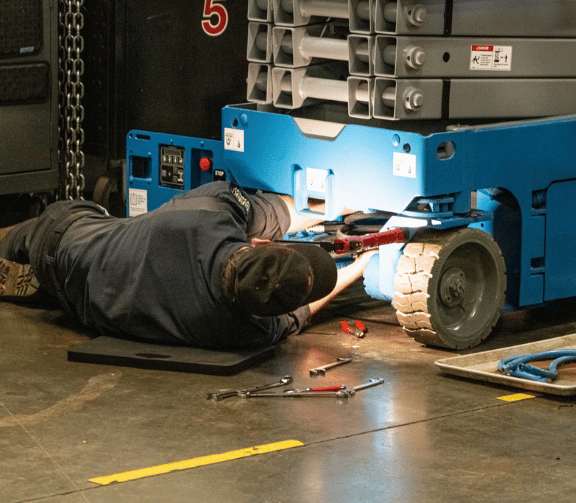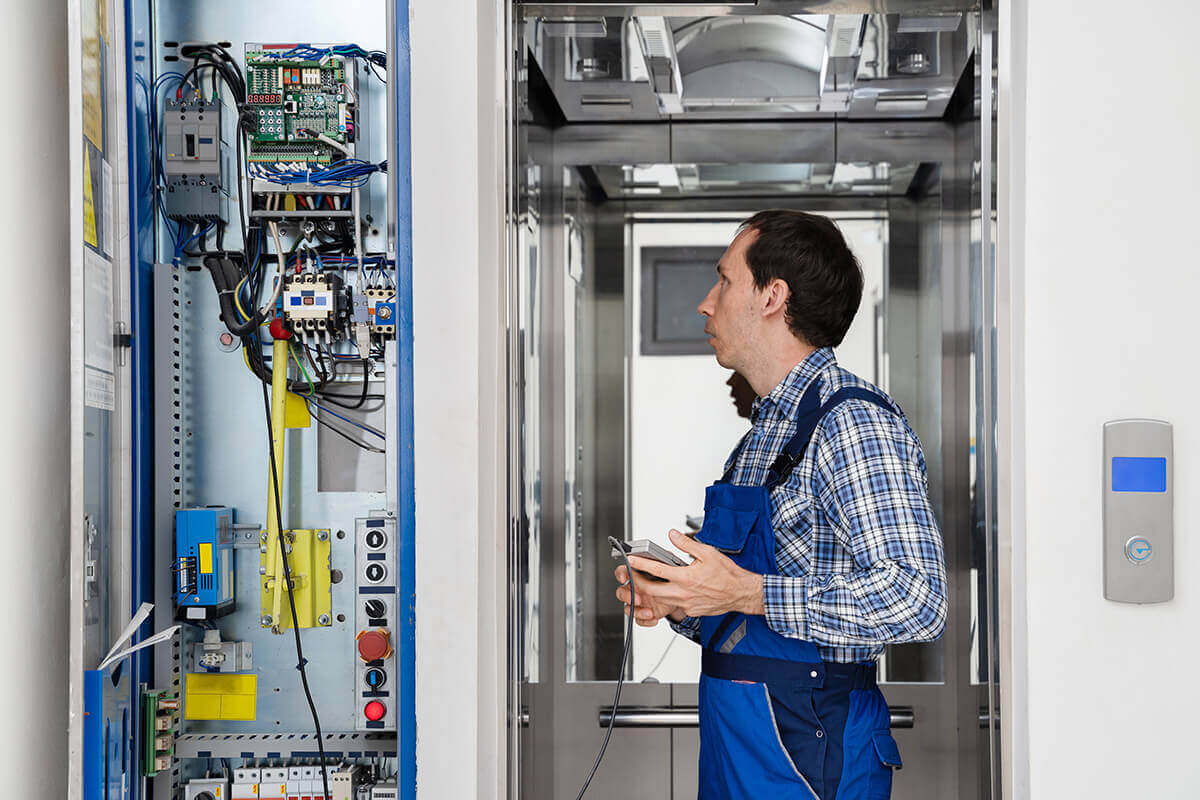How Lift Maintenance London Attracts Attention Amongst Local Lift Repair Companies
Wiki Article
Comprehensive Guide to Elevator Solutions and Their Maintenance
Navigating the elaborate world of elevator systems and their maintenance is a task that requires accuracy and expertise. From the different sorts of elevator systems in operation to the precise adherence to safety policies, the maintenance of these upright transport tools is a diverse endeavor. As buildings rise higher and technology advancements, the need for a detailed understanding of elevator systems becomes significantly critical. Join us as we unravel the intricacies of elevator upkeep, checking out usual issues, finest techniques, and cutting-edge innovations that shape the modern-day landscape of vertical transportation.Sorts Of Lift Systems
Elevator systems been available in various kinds, each developed to suit certain building demands and user requirements. The most common kinds include hydraulic lifts, grip lifts, machine-room-less lifts, and vacuum cleaner elevators. Hydraulic elevators are perfect for low-rise structures and utilize a hydraulic piston to move the elevator automobile. Traction lifts, on the other hand, are extra matched for skyscraper structures and utilize steel ropes and counterweights to relocate the vehicle. Machine-room-less lifts are a space-saving option as they do not need a separate maker room for the lift equipment. Vacuum cleaner elevators, a more contemporary development, usage air pressure differentials to relocate the car within a transparent tube.Each type of elevator system has its very own advantages and drawbacks, making it crucial for structure proprietors and developers to very carefully consider their details needs prior to selecting one of the most ideal option. Variables such as constructing height, area availability, energy effectiveness, and budget restrictions all play a significant role in figuring out the most effective lift system for a specific building.
Common Upkeep Problems
Regular maintenance of lift systems is necessary to make certain smooth operation and lengthen their life-span. Despite routine upkeep, lift systems can still come across usual maintenance concerns that need to be quickly addressed to avoid interruptions in service. Regular assessments and proactive upkeep can aid identify and resolve these typical maintenance concerns before they escalate and influence the general efficiency of the elevator system.
Safety And Security Rules and Conformity
Following stringent security policies and making certain compliance with industry standards are extremely important for preserving the operational stability of lift systems. Lifts undergo a thorough set of safety and security laws to secure travelers, upkeep workers, and the public. Regulatory bodies such as the Occupational Safety and Health Administration (OSHA) in the USA and the European Lift Organization (ELA) in Europe develop guidelines that cover various elements of elevator design, upkeep, procedure, and installation.Conformity with these guidelines is not just a lawful requirement but additionally an ethical obligation for structure owners and lift upkeep firms. Regular inspections, upkeep checks, and adherence to safety protocols described in the guidelines are important to make sure the safe and efficient procedure of elevator systems.
Finest Practices for Maintenance

Structure proprietors must also take into consideration investing in innovation upgrades to enhance the performance and safety of their lift systems. By following these finest practices, lift systems can run smoothly and securely, offering trusted vertical transport for occupants.

Advanced Technologies for Performance
Applying sophisticated modern technologies in lift systems can dramatically boost functional effectiveness and traveler experience. lift engineer course. One of the essential advancements in lift modern technology is the introduction of destination control systems. These systems permit guests to input their preferred lift maintenance company floor prior to going into the elevator, which after that routes them to the most efficient car. By decreasing unneeded stops and maximizing travel courses, destination control systems lower wait times and blockage in high-traffic buildings.Additionally, the integration of wise sensors and predictive maintenance abilities has actually reinvented lift upkeep. These sensing units can spot potential concerns before they rise, making it possible for aggressive upkeep interventions and reducing downtime. Additionally, making use of regenerative drives and energy-efficient elements helps reduce power intake and operating expense in lift systems.
Moreover, the application of cloud-based tracking and remote diagnostics permits for real-time monitoring of elevator efficiency and immediate troubleshooting of any type of breakdowns. This positive technique not only improves system integrity but also improves the total customer experience by guaranteeing nonstop and smooth elevator operations.
Final Thought
Finally, recognizing the various kinds of lift systems, usual upkeep concerns, safety regulations, finest upkeep methods, and advanced innovations for effectiveness is critical for ensuring the smooth operation of elevators. By sticking to safety and security regulations and implementing best practices for maintenance, building owners can prolong the life expectancy of their elevator systems and make sure the safety and security of travelers. It is necessary to remain updated on the most recent improvements in elevator innovation to improve efficiency and reliability.The most usual types consist of hydraulic elevators, traction elevators, machine-room-less lifts, and vacuum cleaner elevators. Hydraulic elevators are ideal for low-rise buildings and utilize a hydraulic piston to move the elevator cars and truck. Machine-room-less elevators are a space-saving alternative as they do not require a separate device area for the lift machinery. Routine evaluations and proactive upkeep can assist identify and resolve these usual upkeep issues prior to they intensify and impact the total efficiency of the lift system.

Report this wiki page